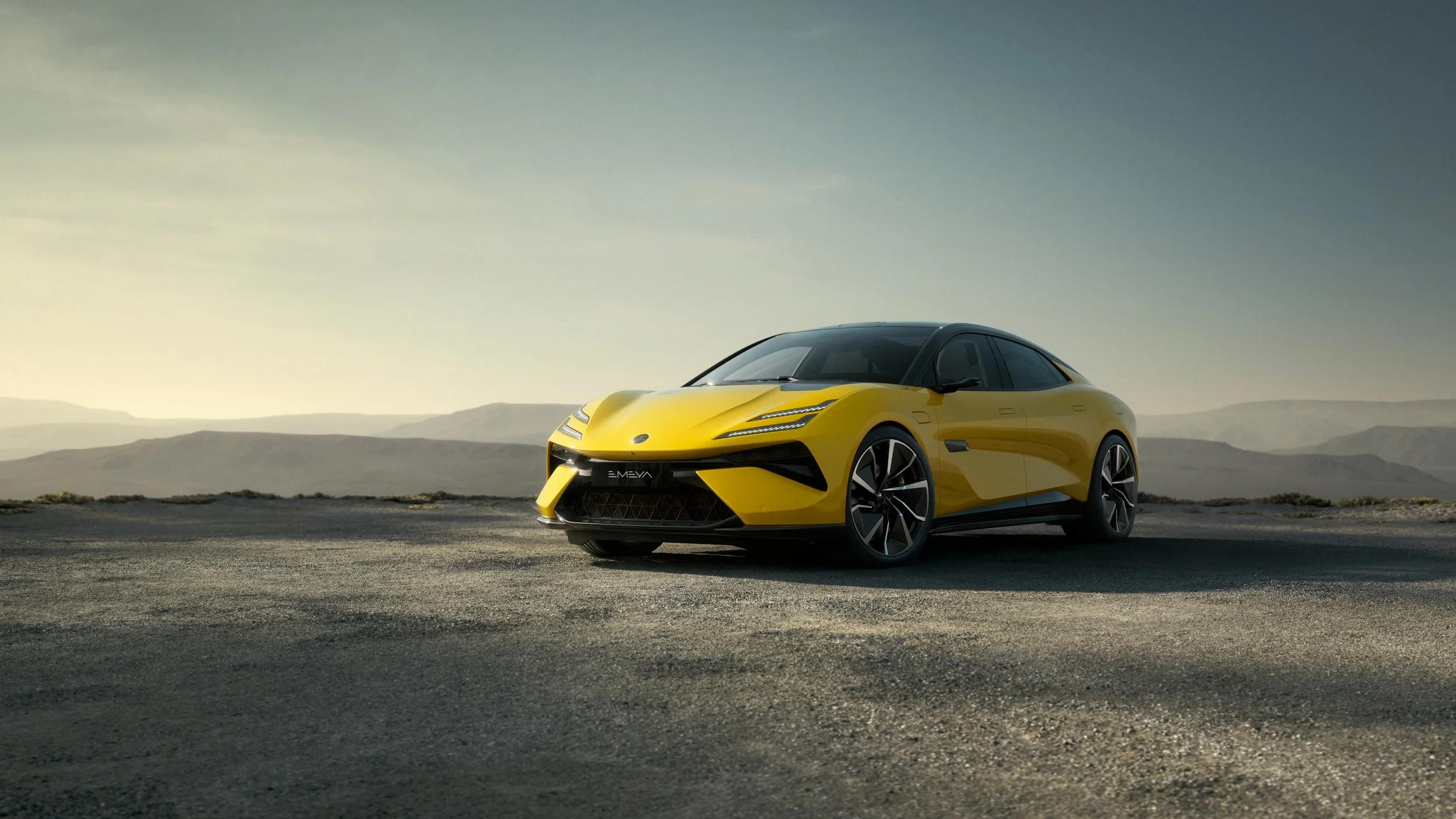What Lamborghini’s Lanzador Got wrong, and How to Fix It
By Phil Royle — Aug. 24, 2023
Everyone knew Lamborghini was unveiling its first EV at the 2023 edition of Monterey Car Week – what no one knew was how far of a missed opportunity this vehicle would be. Prior to the announcement, we’d hypothesized about the hit Lamborghini was about to have on its hands. But instead of basking in the greatness of a blockbuster EV supercar the world deserved, we were instead spoon-fed a Lamborghini UTV called the Lanzador that was years away from production.
Sitting high and sporting mis-colored fender flares seemingly inspired by the Toyota bZ4X, this Lamborghini EV concept held so much promise – and then you saw it.
Big power is what we expected, and it’s what we got: Lamborghini claims 1,341 all-electric horsepower. From the teased silhouette prior to the unveiling, we anticipated 2+2 seating, which is also what we got. What we didn’t expect – or want – was something akin to a 4x4 conversion a YouTuber might make out of a totaled Huracán for clicks and giggles.
We also wanted more specs.
"With the fourth model concept, we are opening a new car segment: the Ultra GT,” Stephan Winkelmann, Chairman and CEO of Automobili Lamborghini, said in a press release. “This will offer customers a new, unparalleled Lamborghini driving experience thanks to pioneering technologies.
"With Lanzador we are looking into our future without forgetting our DNA. The first coupés from Lamborghini with their front engines were sporty, elegant Gran Turismos suitable for everyday use as 2+2-seaters,” said Winkelmann. “The concept for our fourth production model leverages our philosophy of super sportiness combined with brave new technologies and fearless design, perfectly fitting into our Direzione Cor Tauri strategy.”






Down to the “start/stop engine” button on the center console, what Lamborghini actually revealed that day is that the company is guessing when it comes to EVs. But the irony is, Lamborghini doesn’t need to know anything about EVs, because in a roundabout way, they have an ace up their sleeve.
Bugatti Rimac is 55% owned by Rimac Group and 45% owned by Porsche. Drill down more, and 35% of Rimac Group is owned by Mate Rimac, 22% is owned by Porsche, 11% is owned by Hyundai, and the remaining 32% falls under minority shareholders. All of that is to say Porsche holds a sizable stake in Bugatti Rimac, with Volkswagen largely owning both Porsche and Lamborghini (via VW subsidiary Audi).
Which leads us to what the Lanzador could have been.
Porsche’s Taycan and Audi’s e-tron GT are built upon the solid J1 EV platform, while the Rimac Nevera is unquestionably the fastest accelerating production car in the world. If Lamborghini wanted to light the world on fire with a 2+2 EV, it needn’t build an overlander, the company simply needed to mash together components it already had at its disposal.





Imagine a Lamborghini on a wider J1 platform sporting two Rimac 603 hp / 664 lb-ft motors to make an all-wheel-drive 2+2-seater Lambo with 1,206 hp and 1,328 lb-ft of torque. This would be the most powerful Lamborghini in the company’s lineup that was also as sleek as a Lamborghini deserves to be.
One massive item missing from the Lanzador’s unveiling was technical specs. Winkelmann admitted this was a concept that was years away from production (2028, to be specific), but even then, he didn’t talk about the nerdy EV stuff electric car geeks get off on: charging. Why not wow the world with numbers to make Lucid blush; 400+ kW peak charging with the ability to add 175+ miles in 10 minutes would turn heads. Then imagine if Lamborghini dialed in its freeway efficiency to make the Lanzador sip power like a Hyundai.
None of this would be easy or cheap, but when it’s beneath your customers to concern themselves with their vehicle’s pricing, engineering costs should hardly be a concern.
By building a “parts bin” car – if components from Porsche’s and Rimac’s shelves could be called that – time and money could be put into developing charging speed and efficiency. I’m sure Porsche and Rimac wouldn’t mind sharing in that kind of intellectual property. And by spreading the development across multiple entities, the Lanzador’s production timeline could become a more palatable 2026 to wheels-on-the-road.
The Lanzador EV was not a concept anyone was looking for as Lamborgini’s first EV. One of the world’s greatest automotive makers both in engineering and design – the company that brought us the Miura, the Countach, and the Diablo – should have done better. The world deserved a modern 400 GT, and what it got was the Lamborghini equivalent of an Allroad.
(Photos courtesy Lamborghini)






